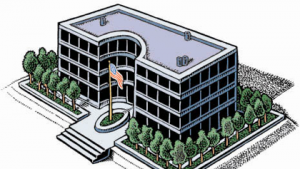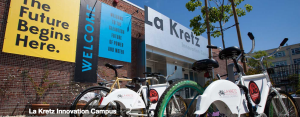 As early as April of this year, speculation was being widely reported that Los Angeles may suffer numerous blackouts because 17 local natural gas power plants are having a difficult time sourcing sufficient fuel for generating electricity.
As early as April of this year, speculation was being widely reported that Los Angeles may suffer numerous blackouts because 17 local natural gas power plants are having a difficult time sourcing sufficient fuel for generating electricity.
Normally, a significant percentage of their natural gas is stored at the Aliso Canyon facility. When the facility sprang its massive, four months-long leak polluting the air in the north portion of the San Fernando Valley of Los Angeles County it also depleted the storage tanks that were stockpiling fuel for the peak energy usage months of July through October. They now contain only 20% of what is normal for this time of year!
“How do we make sure we are building the most sustainable city possible?” – Nancy Sutley (LADWP)
As a result, the Los Angeles Department of Water and Power (LADWP) is scrambling on two fronts to lessen the impact on their ratepayers. First, they are trying to arrange new sources of fuel from neighboring regions. Second, they are appealing to their commercial and residential customers to voluntarily reduce their consumption of power.
Last Thursday (6/30/16) the LADWP hosted a roundtable discussion of their options at the Los Angeles Cleantech Incubator (LACI) at their new La Kretz Innovation Center in downtown Los Angeles. LADWP and Southern California Gas each have aggressive incentive campaigns to encourage ratepayers to conserve electricity. In addition, David Hodgins of the Los Angeles Better Buildings Challenge helped address the key question of the discussion posed by Nancy Sutley (LADWP’s Chief Sustainability and Economic Development Officer) – “How do we make sure we are building the most sustainable city possible?”
This crisis is a wake-up call – a wound that must not be allowed to go untreated or to infect other utility assets. It makes it clear that more preventative solutions must be adopted so we are better prepared for future droughts, heat waves, and infrastructure disasters.
The Mayor’s office has already put into place policies (through his Sustainability pLAn and special office) that help guide Los Angeles to develop a sustainable energy system. Installing innovative energy efficiency technologies in commercial and residential structures must continue to be developed to mitigate the demand growth of the region. At the same time a planned approach must feature: consumption monitoring systems, more incentives for better LEED Certified investments, solar installations and storage expansion, and flexible infrastructure encouraging the new decentralized power generation and storage.
Share this post:








 As early as April of this year, speculation was being widely reported that Los Angeles may suffer
As early as April of this year, speculation was being widely reported that Los Angeles may suffer 

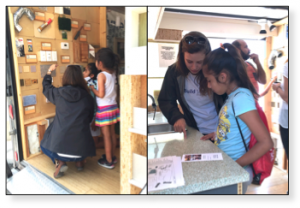 The community interest has been very strong and positive serving an estimated 40,000 visitors per year! It is the first exposure many have had to the USGBC, LEED Certification, and many of new technologies that might motivate students to pursue careers in the industry.
The community interest has been very strong and positive serving an estimated 40,000 visitors per year! It is the first exposure many have had to the USGBC, LEED Certification, and many of new technologies that might motivate students to pursue careers in the industry. BuildSMART is supported by a Community Partner Grant funded by the Los Angeles Department of Water & Power. A
BuildSMART is supported by a Community Partner Grant funded by the Los Angeles Department of Water & Power. A 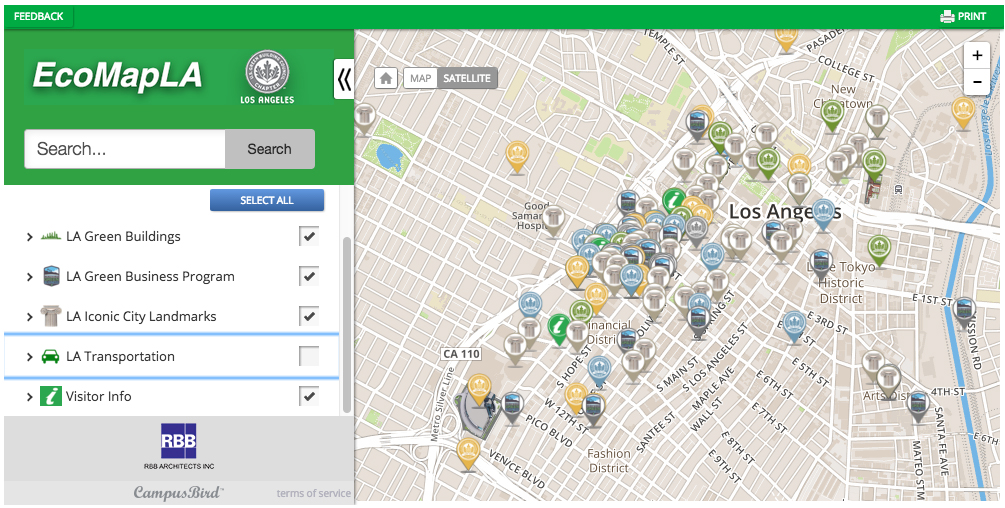
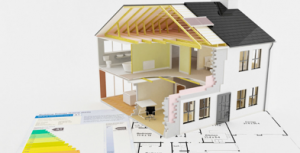
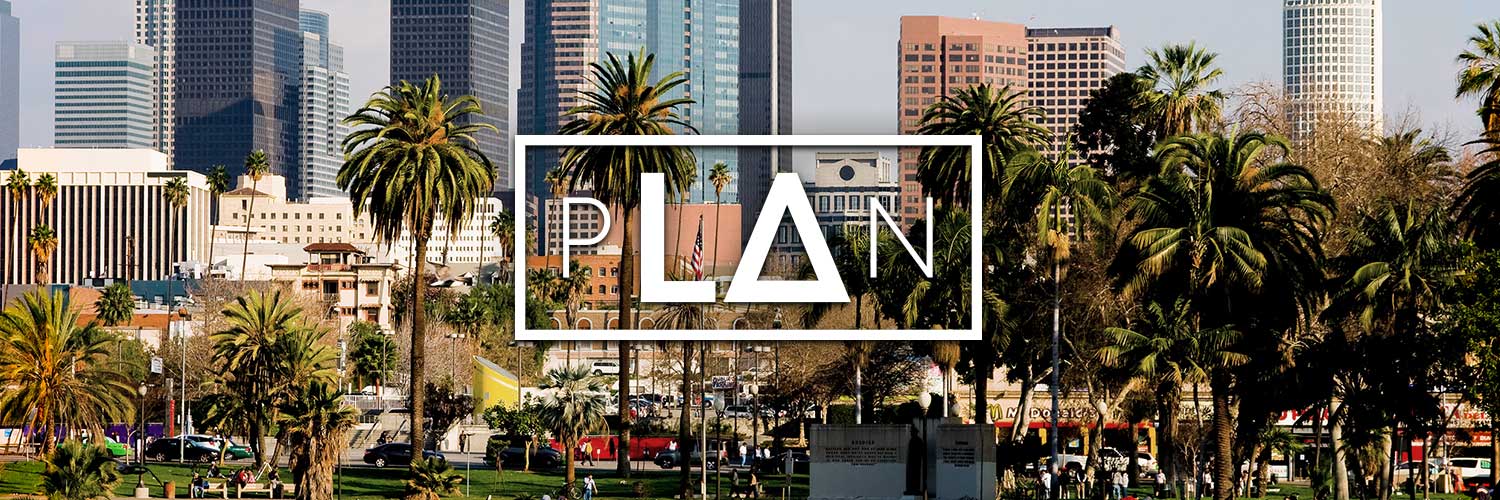 Mayor Eric Garcetti – 4/8/2015: O
Mayor Eric Garcetti – 4/8/2015: O Smart buildings have been proven to save energy, streamline facilities management and prevent expensive equipment failures. Yet to many property owners and investors, the value of smart buildings remains a mystery.
Smart buildings have been proven to save energy, streamline facilities management and prevent expensive equipment failures. Yet to many property owners and investors, the value of smart buildings remains a mystery.
